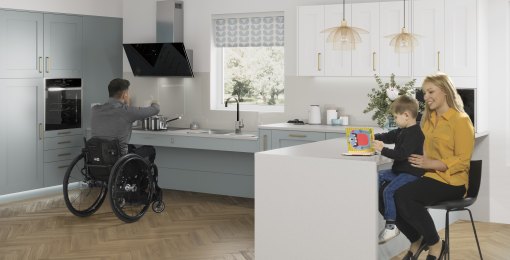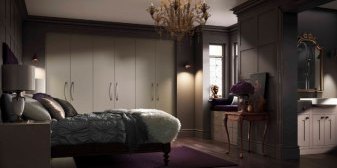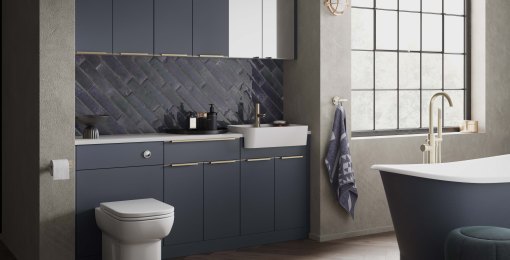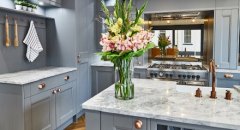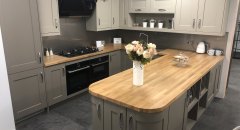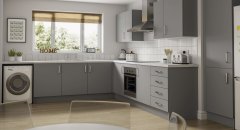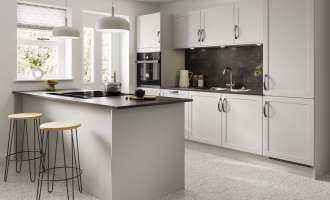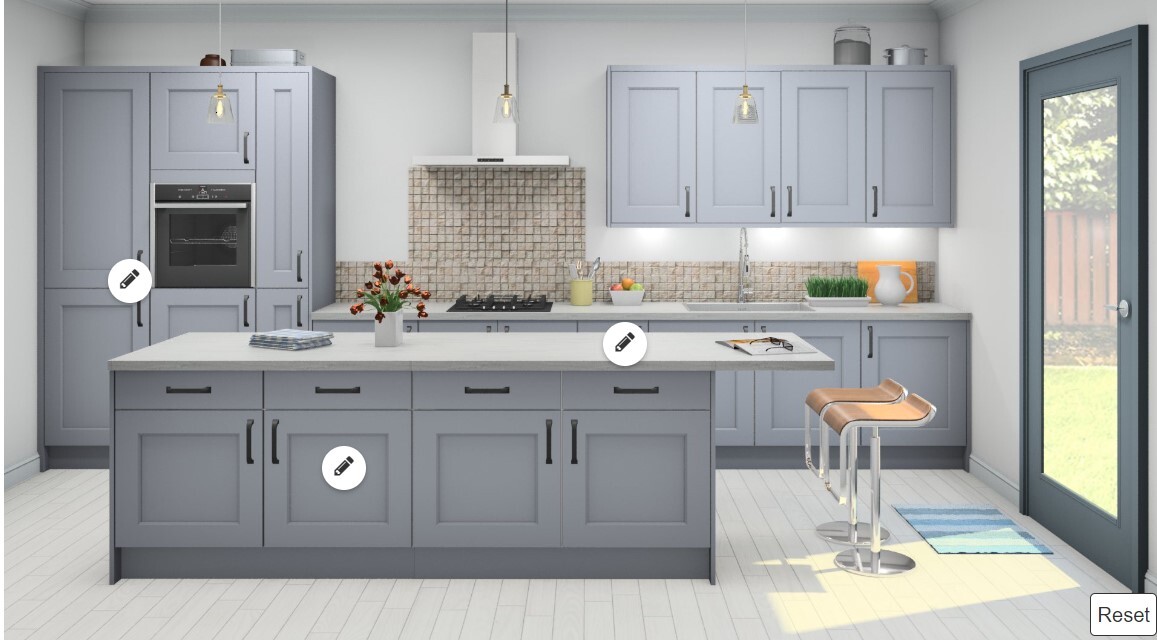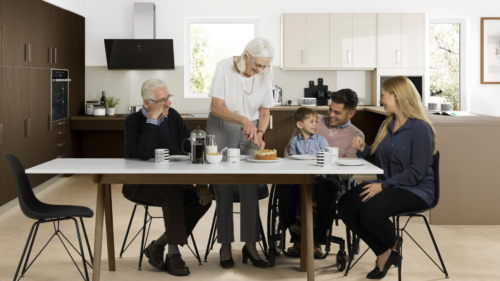
With approximately 14.1 million disabled people in the UK and nine million living in a multi-generational household, there is a growing demand for innovative accessible kitchen design, and many don’t know about the options available to them. Here at Symphony, we believe that a good ergonomic kitchen design should minimise movement, so you spend less energy bending, lifting and cleaning. Whether users are wheelchair users, live in a multi-generational household or want to future-proof their home, there are accessible features available that can improve the usability of the kitchen for the whole family.
Leading the Way in Accessible Design
Our Freedom range is the product of a collaboration with accessible design consultant and industry expert, Adam Thomas. Through over 40 years of personal experience and research, his kitchen designs have been transforming homes across the country through the use of innovative design solutions that have set new standards in the field. With a mission of enabling people to live independently in safe surroundings with significantly improved quality of life, Adam has been working towards disability equality and continues to receive numerous accolades for his ground-breaking work.
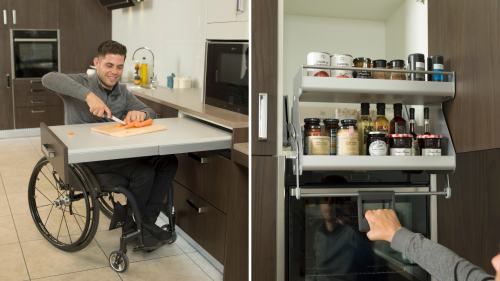
The 3 fundamental principles of inclusive design: How to plan an accessible kitchen
When looking to create an accessible kitchen, it is important to think about three key factors: Safety, Style and Flexibility. These play a huge part in being able to create a space that is both functional for your needs but also incorporates the latest trends to fit your style.
Safety
Above all, creating a safe space for users is one of the most important considerations when designing a kitchen. Safety must be considered at every stage of the planning process, from the layout of the kitchen cabinets to the height of ovens and work surfaces. We would recommend thinking about installing adjustable countertops, including a worktop with a raised waterfall edge that will help prevent spillages onto a lap or the floor, avoiding potential back and knee strain from cleaning up. Where you position your appliances in relation to the sink is also key – keep them close together to avoid having to carry heavy pots and pans across the room. An oven placed at mid-height avoids having to stoop to remove hot and heavy items making it much safer to use.
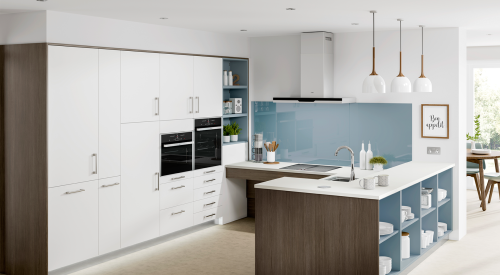
Style
Having said this, contrary to popular belief functional and safe design should never compromise on style. Freedom, our leading Accessible kitchen range has multiple options to ensure you can create a look you are proud of. You can choose from a combination of finishes on both tall and base cabinets to ensure a co-ordinated and modern look and to add an extra layer, finish your design with a statement solid surface worktop, fine hardware and essential accessories such as lighting and drawer organisers.
Flexibility
Last but not least, flexibility in design is an important factor in an accessible kitchen design, as you need to consider how ultimately you and your family’s needs will change over time. Futureproofing comes in many forms and if you are creating your ‘forever kitchen’, we recommend some advance planning to ensure your kitchen can be easily adapted if need be. For example, planning your electrics so that later down the line installing a rise and fall worktop can be done without the need to rewire. Rise and fall worktops are a huge asset in multi-generational households as they allow for a lower surface so children can cook and create but the height can also be adjusted for the rest of your household requirements. Other features that help to create a flexible space include innovative oven housings, pull-out tables and pull-out wirework that can be included alongside standard cabinets to create a space for independence. Our Freedom kitchens are full of features designed to bring everything towards you, to prevent stooping and stretching to reach items.
For more advice and information on how to create your dream kitchen, contact freedom@symphony-group.co.uk.
Follow us on Instagram, Facebook, Twitter or Linkedin to learn more helpful tips on kitchen design and accessible features.





